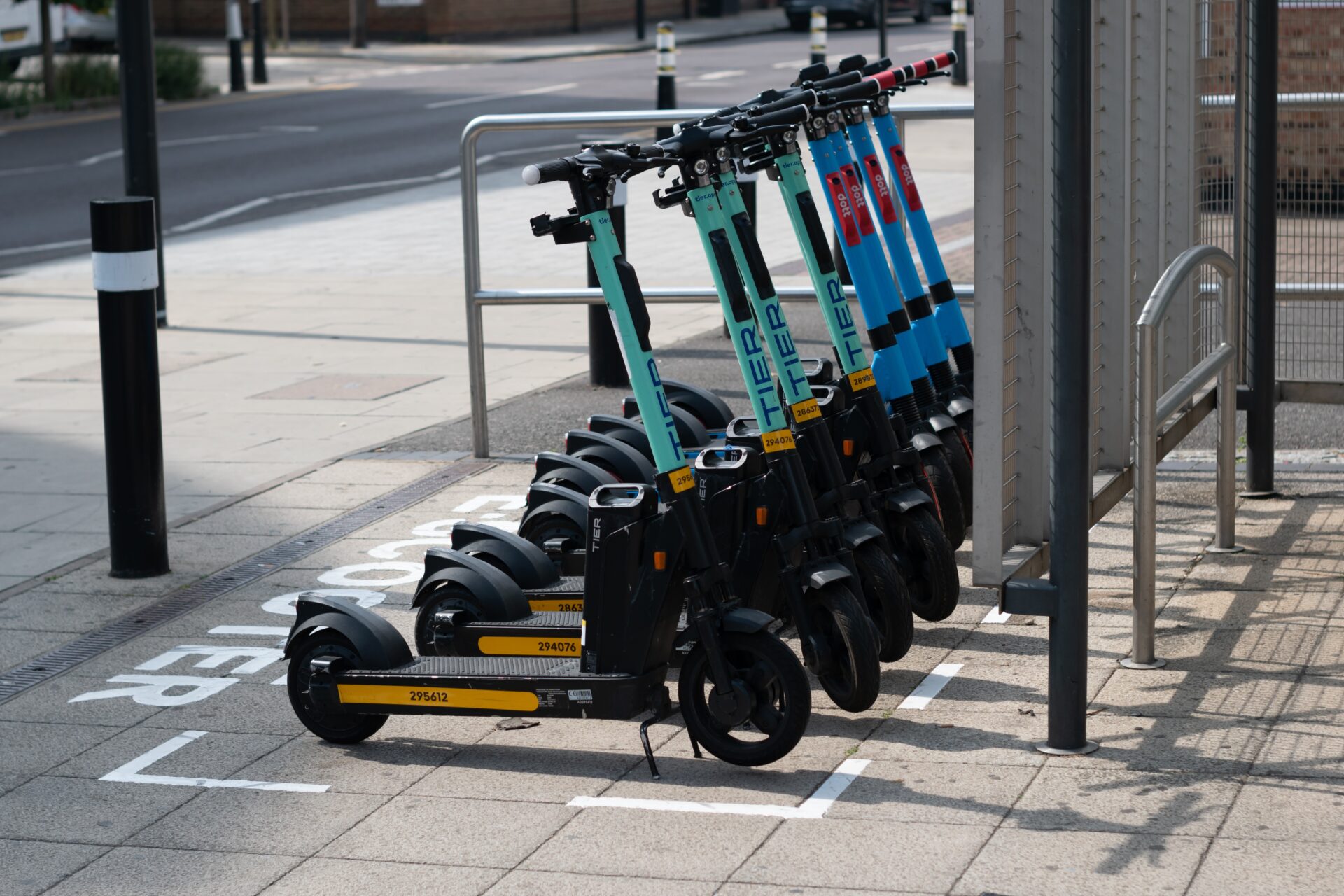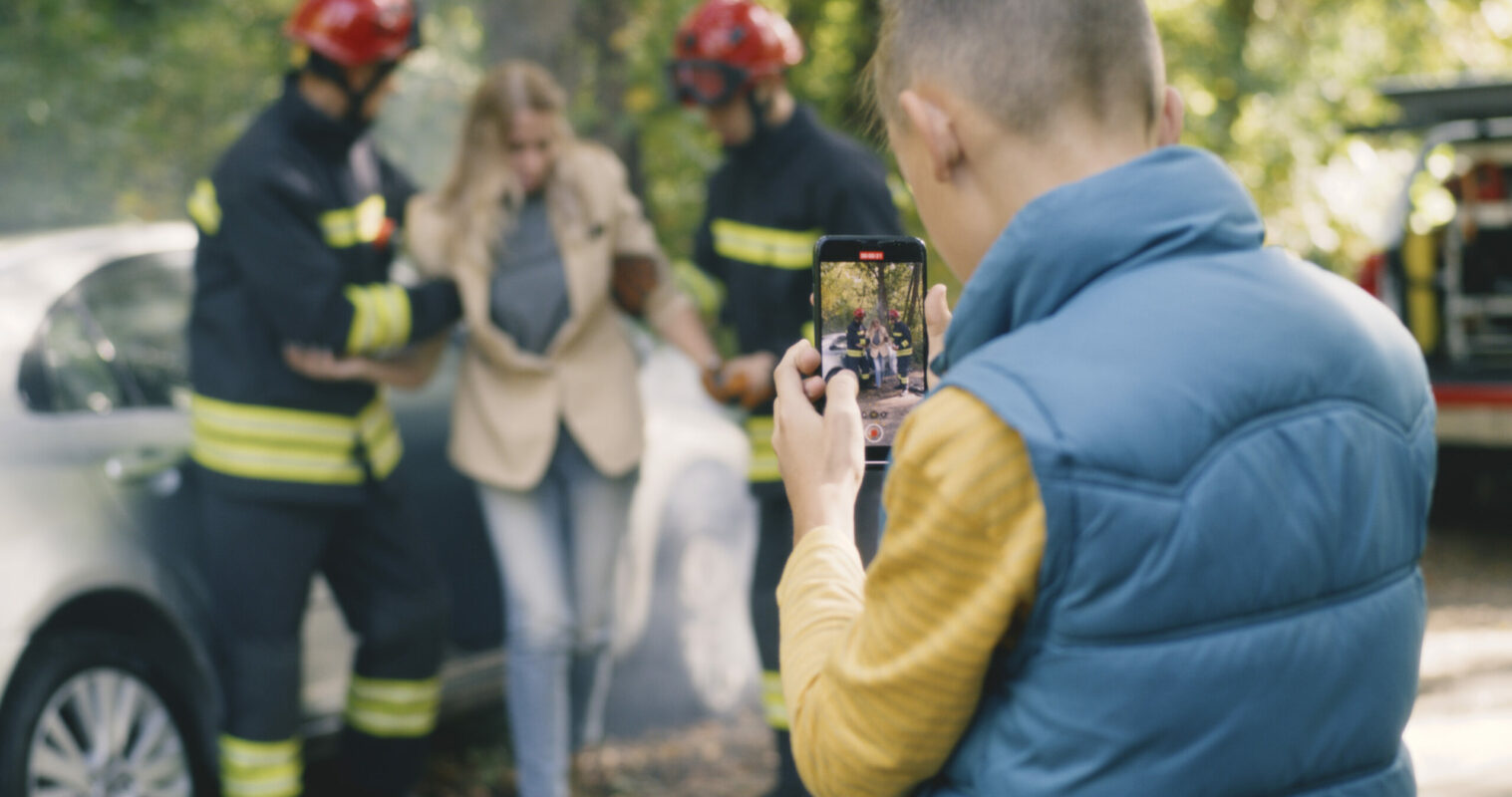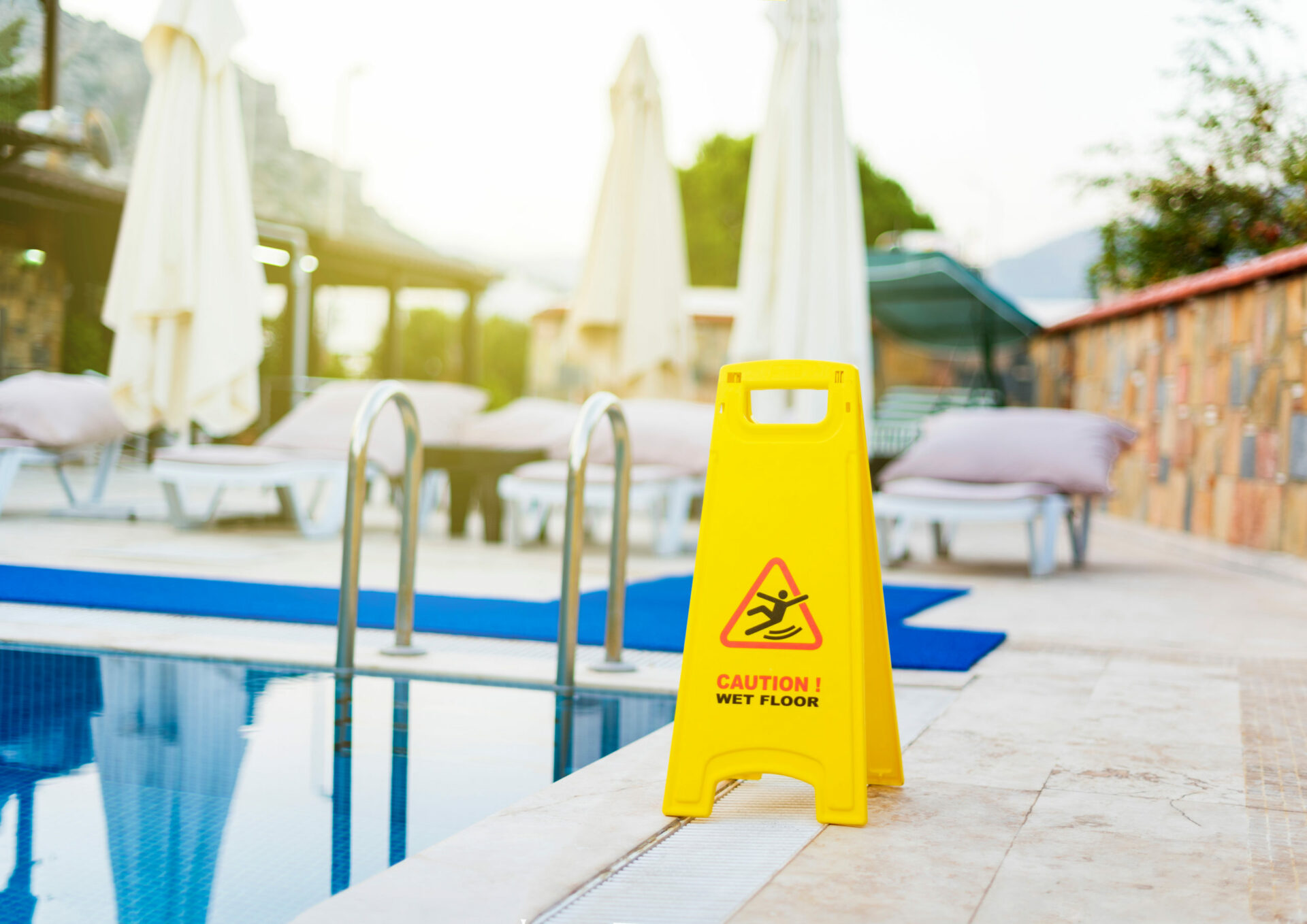
As 2021 almost draws to an end, with the days becoming shorter, and clocks going back soon, being safe on the roads whether as a pedestrian or motorist is always a major concern. The recent use of e-scooters has heightened the need to think more about staying safe.
Earlier this summer, a 16-year-old boy died after his e-scooter collided with a car in south London. The driver of the car did not stop but was later arrested on suspicion of causing death by dangerous driving. A three-year-old girl in Lambeth also suffered life-changing injuries when she was hit by an e-scooter. These tragic events illustrate the horrific injuries and death that can occur as a result of using e-scooters on public roads.
It is estimated that e-scooters will be involved in 200,000 accidents this year alone. E-scooter riders are 16 times more likely to be injured in a collision with a car than a car passenger.
Under the law, e-scooters are considered power transporters. Power transporters are transport devices like hoverboards, Segways, powered unicycles, or u-wheels. They are mechanically propelled, instead of, or as well as, being manually propelled.
It is legal to sell and purchase e-scooters in the UK. However, in most instances, it remains illegal to use e-scooters on public roads or in pedestrian areas.
Under what circumstances can e-scooters be used legally?
E-scooters are treated like motorised vehicles under the law. It is therefore an offence to use e-scooters in pedestrian-only areas such as pavements. This prohibition is part of a wider ban on riding or leading carriages on pedestrian areas under section 72 of the Highway Act 1835. The rule applies to all vehicles with the exception of mobility scooters and wheelchairs. It is also forbidden to use e-scooters on footpaths, cycle paths, and bridleways.
Riding e-scooters on public roads is illegal. While riding powered transporters on public roads isn’t technically against the law, the requirements set out to ensure this is done lawfully often bar users from using their vehicles at all. Because e-scooters are treated like other motorised vehicles under the law, users would need to ensure they have the correct insurance, pay vehicle tax, they would need to be tested and licensed, and check that their e-scooter conforms to technical standards. Safety equipment would also need to be used.
E-scooter riders have previously been prosecuted and convicted for driving without insurance [Winter v DPP – 2002 EWHC 1524 (Admin)] and the High Court has previously established that e-scooter users must be licensed and insured if they wish to use public roads [DPP v Saddington – [2000] EWHC Admin 409]
So while in principle, it is possible to use powered transporters on public roads, in practice compliance is basically impossible as there are no mechanisms in place to meet all requirements currently.
E-scooters can be used on private land which is not accessible to the public, with prior permission from the land’s owners. This is the only realistic option for e-scooter owners who wish to make use of their vehicle right now.
The government is currently running e-scooter trials in certain areas of the country. These trials involve hired e-scooters that can be used on public roads and cycle lanes, but not motorways or pedestrian areas.
What are the new e-scooter trials?
The government-led e-scooter trials began last year and are due to finish in March 2022. They are designed to gather evidence about the pros and cons of using e-scooters on public roads.
These trials are currently taking place in 50 towns and cities around the country, including York, Liverpool, Canterbury, Nottingham, and Cambridge.
The use of private e-scooters on public roads continues to be illegal.
Only hired e-scooters can be used as part of the trial. They are currently limited to a maximum speed limit of 15.5 miles per hour. However, some areas have set lower speed limits. Those who wish to take part in the trials will need to have a full or provisional UK or EU/EEA license to do so. Other overseas licenses could be acceptable too if the potential rider entered the country less than 12 months ago.
The e-scooters will need to be insured, however, this will be the responsibility of the e-scooter rental operator. Riders will need to wear a cycle helmet and are encouraged to wear fluorescent clothing as well.
E-scooter riders need to follow the same rules as other road users, including not using their phones while operating the vehicle, and not riding under the influence of alcohol.
These trials are currently the only way for members of the public to use e-scooters on public roads legally. If they are successful, it is possible that legislation regarding e-scooters on public roads could change in the future.
What happens if you’re in an accident involving an e-scooter?
Horrific injuries can result from accidents involving e-scooters. Both e-scooter riders and pedestrians could seek to make a personal injury claim if a collision were to occur.
On 9 August 20201, the Motor Insurers Bureau issued a statement on the use of e-scooters. The Motor Insurers Bureau (MIB) has made it clear that there are potentially catastrophic consequences for legalising e-scooters without requiring some sort of compulsory insurance being in place.
Those involved in a collision could seek to make a claim if they sustained injuries such as but not limited to broken bones, neck injuries, spinal injuries, or brain injuries.
If an e-scooter rider is at fault in a collision, the other party could seek to make a claim, especially if the rider was in breach of the current trial guidelines. In this instance, the e-scooter rider may be personally liable as not complying with certain guidelines could make the e-scooter’s rental operators insurance void.
If an e-scooter rider was in full compliance of current trial guidelines and was involved in a collision that resulted in an injury, the rider may be able to make a claim. This will be easier if the claim is against an insured motor vehicle. However, the rider could still make a successful claim through the Motor Insurers’ Bureau even if the driver is uninsured.
If you are thinking of making a personal injury claim, you should do so as quickly as possible. There are time limits associated with these types of claims. The most common claim in personal injury cases is negligence. You must make your claim within three years of the event.
If you think you’d like to make a claim, the first thing you should do is speak to a qualified personal injury lawyer.
Table of content
Recent Posts
Can You Put Digital Assets In A Trust? – How To Protect Your Digital Estate
In an era where our lives are increasingly played out [...]
Securing Legal Immigration Status After 20 Years in the UK
Gaining lawful immigration status after spending two decades in [...]
UK’s FCA Update: Stablecoins & Crypto Custody
The world of money is changing fast, and nowhere [...]







